In a dramatic unveiling that has left the public and critics buzzing, King Charles III revealed his first official portrait since ascending to the throne, and reactions have been anything but tepid. As debates rage on social media and in art circles, it is clear that King Charles’ portrait is destined to be one of the most talked-about royal artworks in recent history.
The unveiling
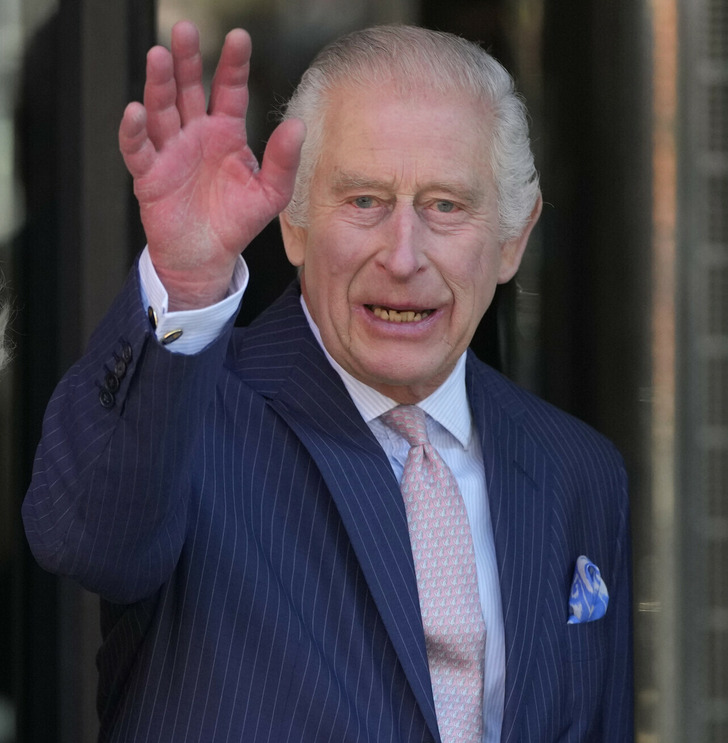
Recently, King Charles III personally unveiled a new portrait of himself at Buckingham Palace, the first such portrait since his coronation. The Royal Family’s Instagram account shared an exclusive video of the unveiling, featuring the king himself presenting the artwork.
This significant new work will ultimately be displayed in Drapers’ Hall in London, adding to its historical art collection and offering the public a glimpse of the monarch’s regal presence.
There was an ongoing debate in the comments.
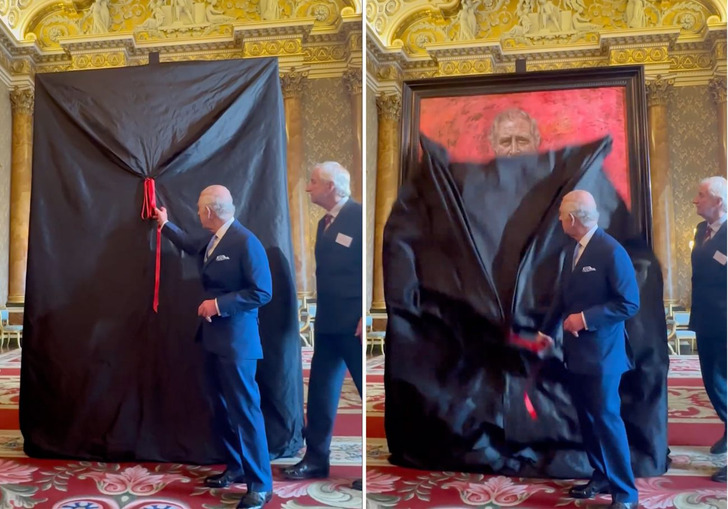
The unveiling sparked a heated debate in the comments section on the Royal Family’s Instagram post and other social media sites. Opinions were sharply divided, with some users harshly criticizing the artwork. Comments ranged from “That is hideous” and “Without sounding rude, this is the worst royal portrait I’ve ever seen” to “100% thought this was satire.”
One critic remarked, “The face is good, the rest is appalling,” while another noted, “I would have loved this if it was any other color than red. He really captured the essence of him in the face, but the harshness of the red doesn’t match the softness of his expression.”
Despite the criticism, there were also voices of appreciation, such as “A lovely portrait of King Charles! I love the way the muted background draws attention to his face!” The mixed reactions highlight the polarizing nature of the portrait and the strong emotions it has evoked among the public.
The artist
Jonathan Yeo, a prominent figure in the world of figurative painting, has earned widespread acclaim for his unique blend of traditional and experimental portraiture. Yeo’s distinctive approach involves a deep engagement with his subjects, allowing him to capture their essence beyond mere physical appearance.
His recent portrait of King Charles III epitomizes this philosophy. Yeo explained, “As a portrait artist, you get this unique opportunity to spend time with and get to know a subject, so I wanted to minimize the visual distractions and allow people to connect with the human being underneath.”
The meaning of the portrait.
A particularly striking element of Yeo’s portrait is the inclusion of a butterfly. This detail serves multiple purposes, both symbolic and compositional. Yeo elaborated, “Primarily a symbol of the beauty and precariousness of nature, it highlights the environmental causes the King has championed most of his life and certainly long before they became a mainstream conversation.”
The butterfly also provides a visual contrast to the uniform, softening the portrayal and adding layers of meaning. “In the context of art history, a butterfly often symbolizes metamorphosis and rebirth, paralleling the King’s transition from Prince to monarch during the period the portrait was created,” Yeo noted, further emphasizing the transformative phase in King Charles’s life.
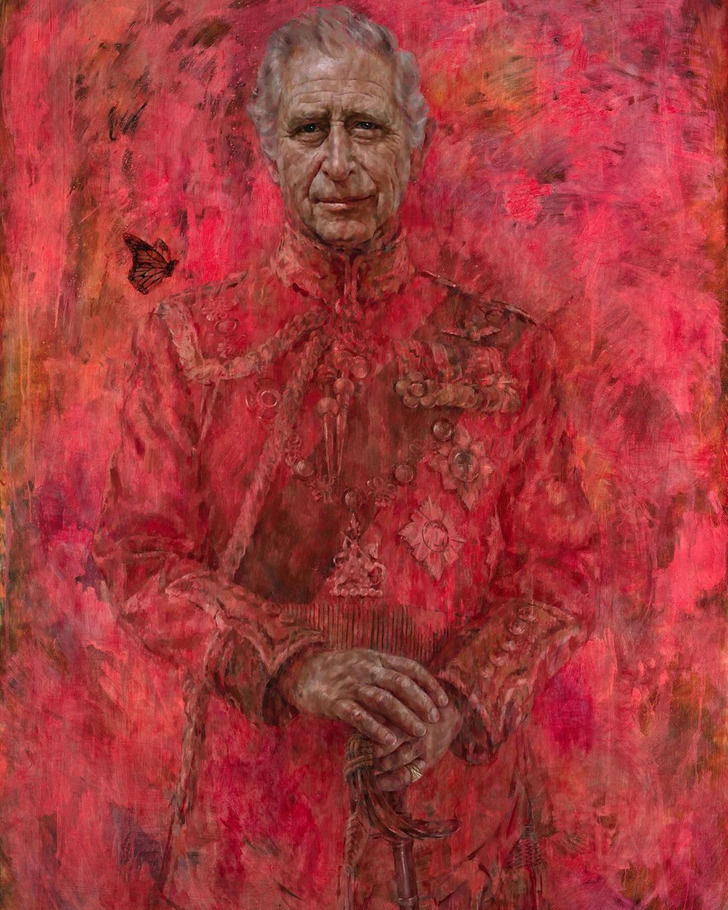
Yeo expressed his gratitude and honor for being commissioned to create such a significant portrait. “It was a privilege and pleasure to have been commissioned by The Drapers’ Company to paint this portrait of His Majesty The King, the first to be unveiled since his Coronation.”
Yeo’s approach to portraiture aims to encapsulate the life experiences and humanity etched into his subjects’ faces. “I do my best to capture the life experiences and humanity etched into any individual sitter’s face, and I hope that is what I have achieved in this portrait,” he explained.
The challenge of portraying a figure as complex and significant as King Charles III was substantial, but one that Yeo found immensely rewarding. “To try and capture that for His Majesty The King, who occupies such a unique role, was both a tremendous professional challenge, and one which I thoroughly enjoyed and am immensely grateful for,” he concluded. The portrait, destined for Drapers’ Hall in London, stands as a testament to both the artist’s skill and the monarch’s enduring legacy.
Discover the lesser-known facets of King Charles III’s life in our compelling article, “8 Things About King Charles III That Will Allow Us to Know Him More Closely.” Dive beyond the regal exterior to uncover intimate details about his passions, personal experiences, and unique quirks.
Preview photo credit Kin Cheung / Associated Press / East News, theroyalfamily / Instagram, jonathanyeo / Instagram
Poor Guy Escapes on His Wedding Day, 50 Years Later Bride Discovers It Was Her Father’s Plan – Story of the Day

Karl was forced to run away from his wedding, but Jessica never understood why he stood her up at the altar. Years later, she received a note in the mail with his name on it. No matter how much time had passed, Jessica never forgot him, and what he wrote was astonishing.
“You will leave this church immediately and never return. Do you understand me, boy?” Hubert Pennigton, Jessica’s father, threatened Karl with a stern look. They were standing in the men’s dressing room behind the church.
“I’m not a boy, sir. I’m a man, and I love your daughter. I will not abandon her. It’s our wedding day,” Karl insisted, pleading his future father-in-law to understand.
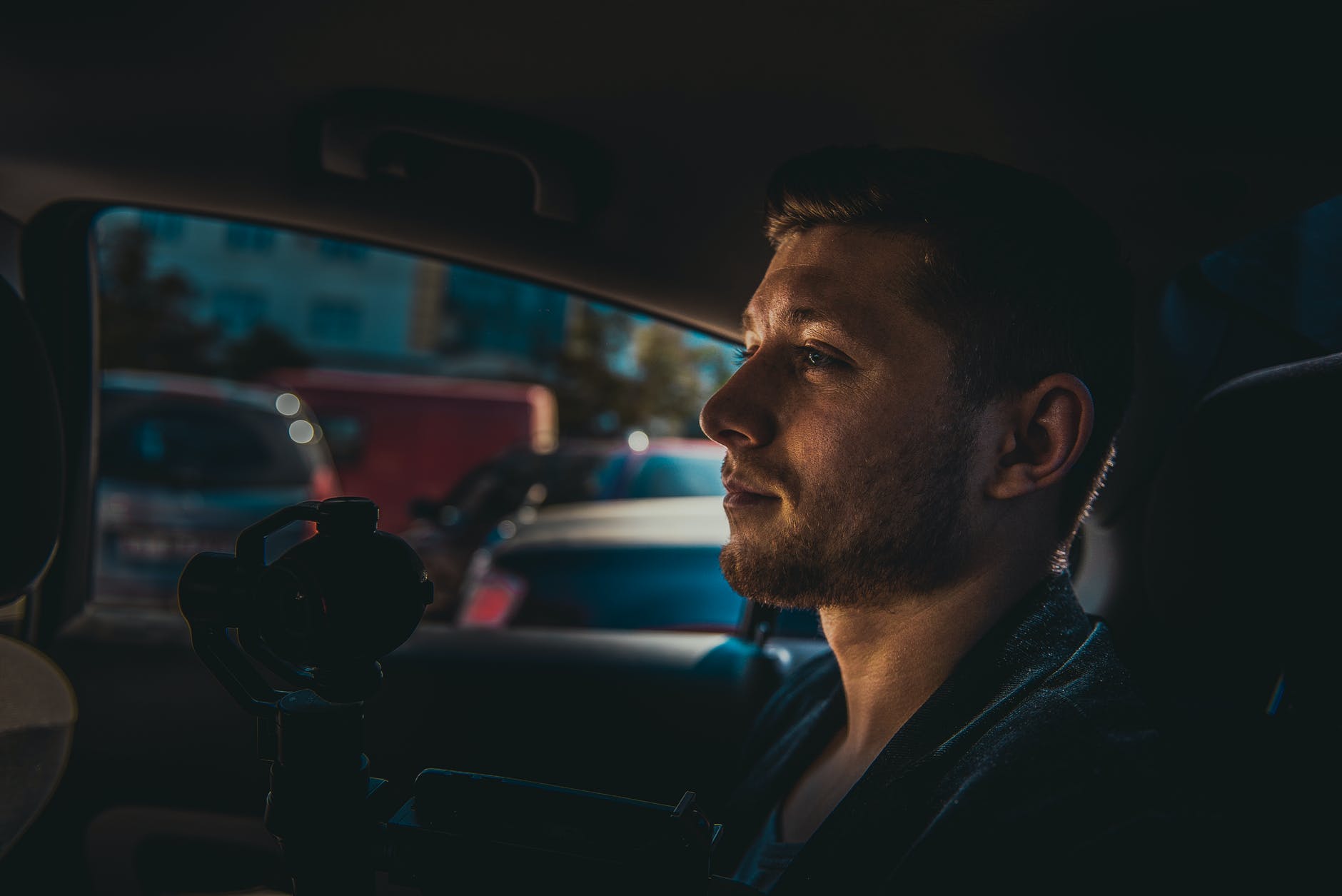
For illustration purposes only. | Source: Pexels
“I never liked you two dating, and I’m not going to let this continue. My daughter will not be marrying a loser who works paycheck to paycheck,” the older man sneered. “Do you hear me? I have friends in high places, as well as connections in some others. I can make your life a nightmare. If you don’t disappear willingly, I’ll make you leave by any means necessary.”
“Is that a threat?” Karl asked, squaring up to Hubert, trying not to show how afraid he was. He knew Jessica’s family was connected to some important people and a few dangerous folks, too, so Karl knew the older man’s words were not in vain.
“I don’t make threats, boy, I make promises. Now, you will leave this place right now without anyone noticing and ghost Jessica forever, OR ELSE!” Hubert finished, raising his voice, in the end, to get his point across thoroughly. He poked his index finger in Karl’s chest painfully, gave him a disdainful look, and exited.
Karl didn’t know what to do. He truly loved Jessica, but her father would hurt them both just to get his way. He paced around the room for a few more minutes then decided to leave before his groomsmen came to find him. He was quick, exiting through the back of the Masonic Temple in Detroit, Michigan and hailing a cab right there.
“Where to, sir?” the taxi driver asked.
“DTW, please,” Karl replied. He was going to the airport and flying across the country to get away from these people. I hope Jessica can forgive me, Karl thought while resting his elbow on the window sill and facing out.
All they had left was a single Polaroid photo, a painful reminder of a wedding that was never meant to be.
Fifty years later…

For illustration purposes only. | Source: Pexels
At 75, Jessica liked to sit outside on her porch and watch the kids running around Rosedale Park Historic District, one of the best neighborhoods in Detroit. She always took a cup of tea and a book to read. It was a peaceful time, but Jessica inevitably thought about her life during those times. Today was that kind of day.
She remembered her first wedding well, as it was the only time she was ever excited to have one. Karl was the love of her life, or so she thought. But when she reached the end of the aisle on her father’s arm, she saw everyone’s worried faces. Karl had disappeared, and no one knew why. They waited hours for him to return.
His groomsmen went to his house, and everything was intact. But Karl never returned, and Jessica cried on the steps of the Masonic Temple for several more hours. It was one of the best wedding venues in the city, and she always dreamed of getting married there. However, it was not to be. Her mother comforted her as best she could, but her father was actually happy.
Five years later, her father introduced her to Michael Keller, the son of a family friend. He was wealthy and connected, so her dad pushed until she accepted his proposal. They got married and had a daughter, Cynthia, almost immediately. However, Jessica filed for divorce the moment her father died.
Her husband had cheated throughout their entire relationship and was glad to separate from her, so it was a win-win situation for everyone involved. She took the then-six-year-old Cynthia, moved to her house in the Rosedale Park area, and forgot about her failed love life.
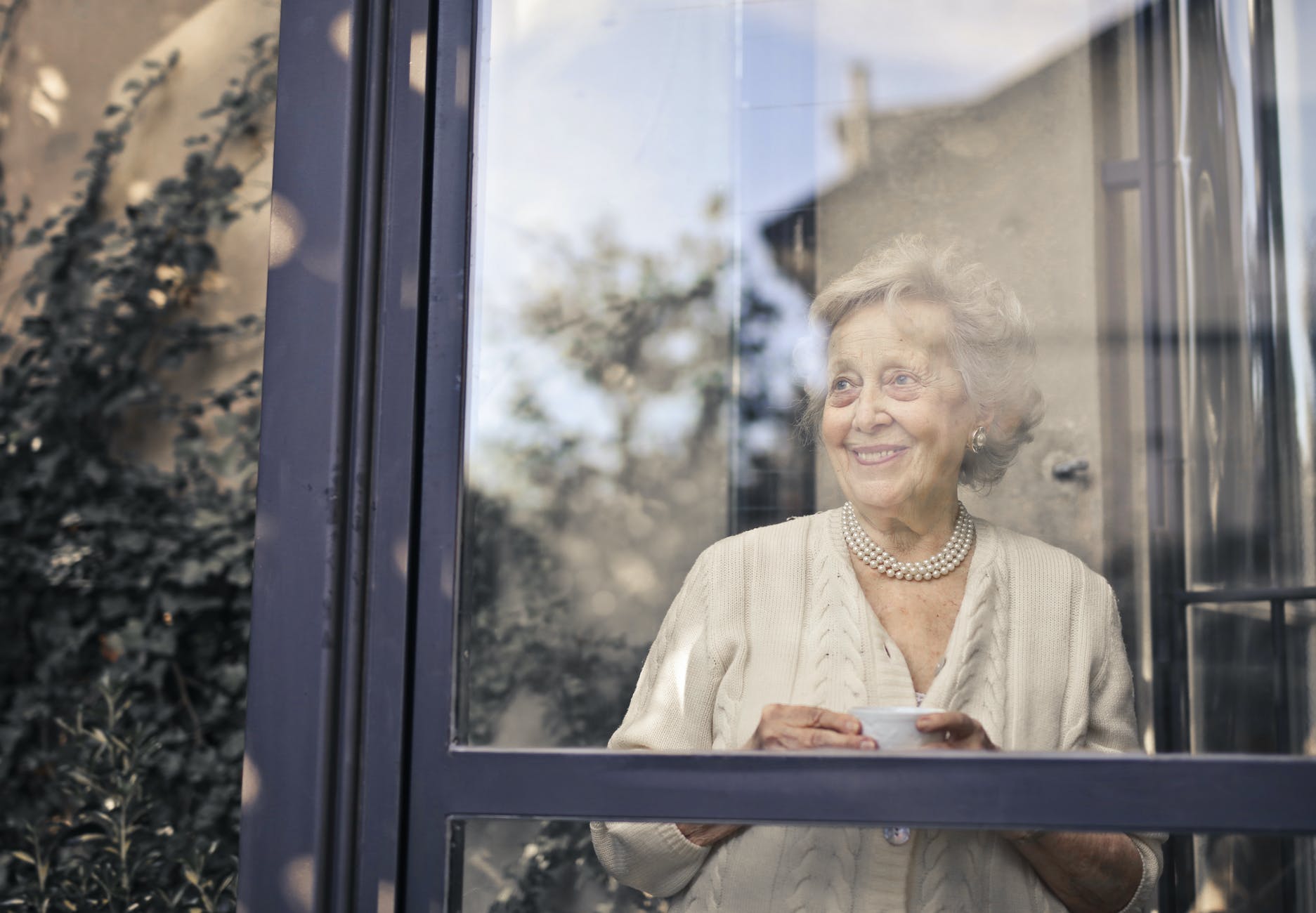
For illustration purposes only. | Source: Pexels
Years went by, and Cynthia grew up to become an amazing career woman. She got married right there at the Masonic Temple and gave Jessica three gorgeous grandchildren, who visited often.
I had a great life, Jessica thought to herself while sipping her tea. It was true, although she never tried dating again. But once in a while, she thought about Karl and still wondered why he had disappeared.
Suddenly, the mailman snapped her out of her inner musings with a bright smile and a loud, “Hello, Mrs. Pennington!”
“Oh, dear. You scared me,” Jessica answered after almost dropping her tea.
The mailman laughed and apologized humorously. “I’m sorry, ma’am. But I have a letter for you. I think someone wrote it by hand even. So fancy! People don’t do that anymore,” the mailman said, handing Jessica the letter. She thanked him with a smile, and he left, waving goodbye.
The last thing she expected to see was the name “Karl Pittman” on the envelope, but it was right there along with her name and address.
“I can’t believe this,” she breathed and settled her cup of tea on the porch railing with a shaking hand. Suddenly, she was back at that church, crying on her mother’s shoulders.
Her hands still shook as she tried to open the envelope. She took a big breath before starting to read what was Karl’s unmistakable handwriting.

For illustration purposes only. | Source: Pexels
“Dear Jessica,
I don’t know if you’ll be glad to hear from me. But after all this time, I want you to know that not a day goes by where I don’t think about you. Your father threatened me on our wedding day, and I was young and afraid. I shouldn’t have listened, but I did, and I ran off. I moved to California with nothing but the clothes on my back.”
Jessica had to stop reading for a few moments and wipe a few tears off. She knew her father had something to do with it. She knew Karl loved her and wouldn’t have done it otherwise. It didn’t change anything, but it soothed that old ache that never went away. Karl was right to leave. Her father never made threats he wasn’t serious about and didn’t take “no” for an answer. She focused on the letter again and continued reading.
“I never married nor had children. You were the love of my life, and I wanted nothing else. I hope this letter finds you well. I’m leaving my phone number, and there’s my address, so you can write me back if you want. I don’t know how to use Facebook, and all that stuff kids have these days. But I hope to hear from you.
Sincerely, Karl.”
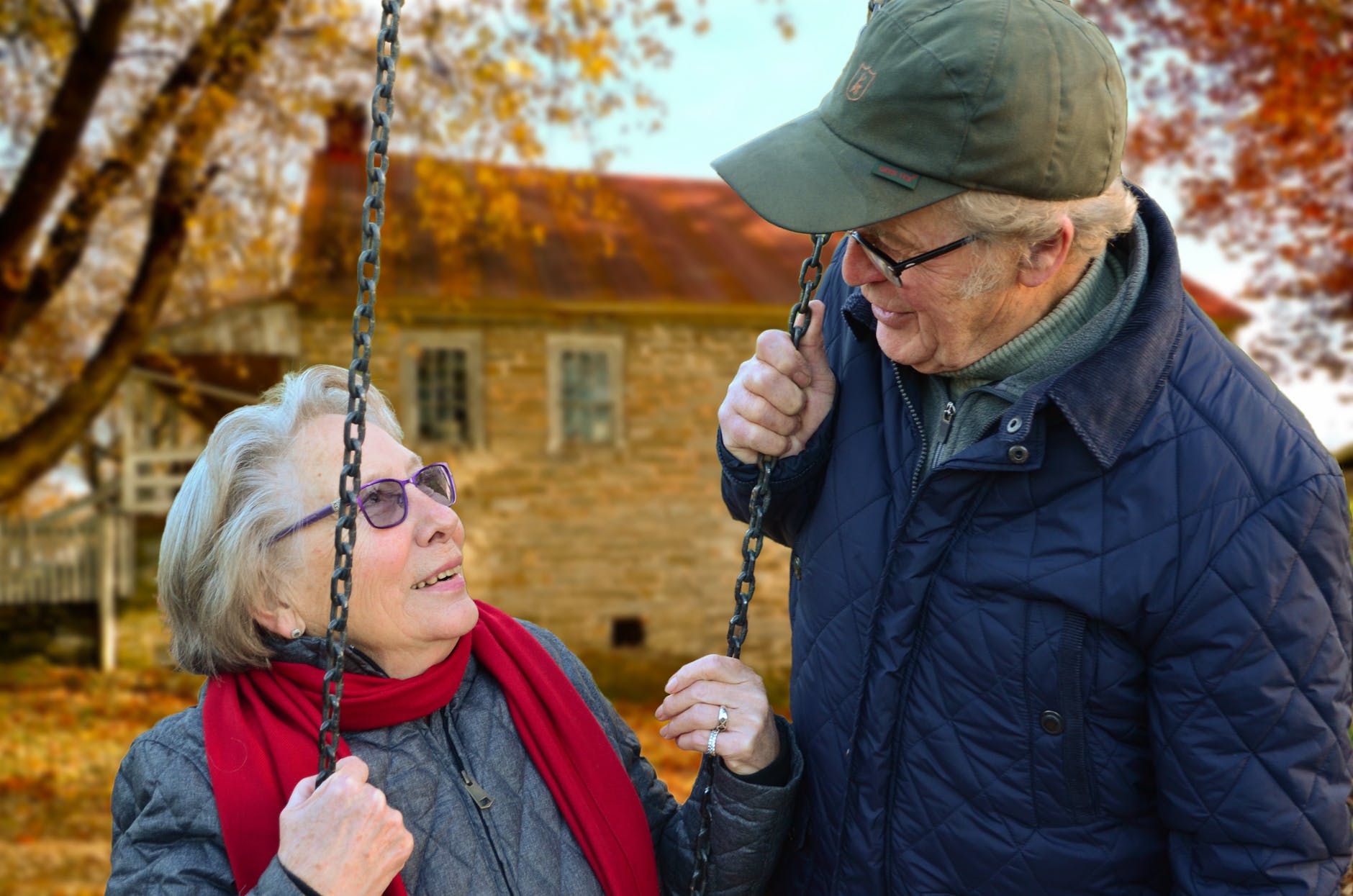
For illustration purposes only. | Source: Pexels
Jessica’s tears kept falling for several minutes after finishing the letter, but then she laughed. She also had no idea how to use all that technology available these days. Therefore, she got up and went inside to find her stationery. It was time to write back.
For the next few months, they wrote to each other often, recounting even the smallest moments in each other’s lives. Until Karl finally called her and they stayed on the phone for hours. A year later, he moved back to Detroit, and they rekindled their lost relationship.
They were old and might not have much time together, but they were going to enjoy one another’s love for as long as they could.
What can we learn from this story?
- It’s never too late to find love again. Jessica gave up on relationships for many years until she found the love of her life again at 75.
- Tell your partner the truth. If Karl had told Jessica about her father’s threats, they could’ve run away together or dealt with it in some form. But he took off, and they would never know what could’ve been.
Share this story with your friends. It might brighten their day and inspire them.
If you enjoyed this story, you might like this one about a man who stole his grandmother’s money, but she got her revenge.
This account is inspired by our reader’s story and written by a professional writer. Any resemblance to actual names or locations is purely coincidental. All images are for illustration purposes only. Share your story with us; maybe it will change someone’s life.
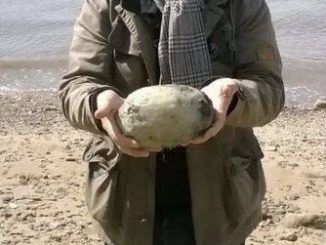
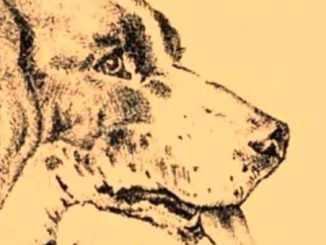
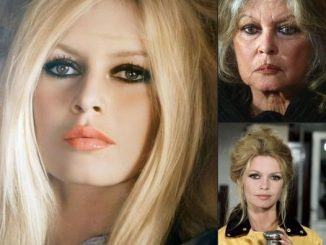
Leave a Reply